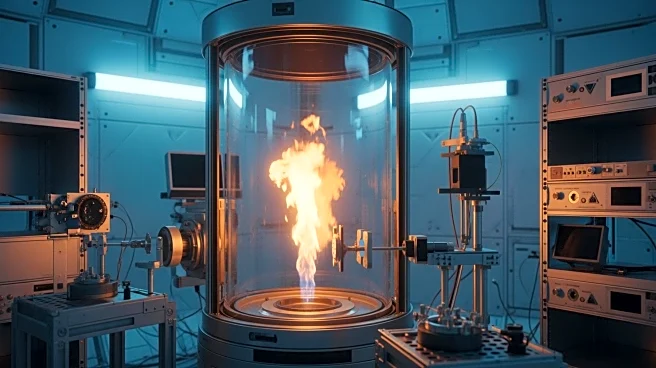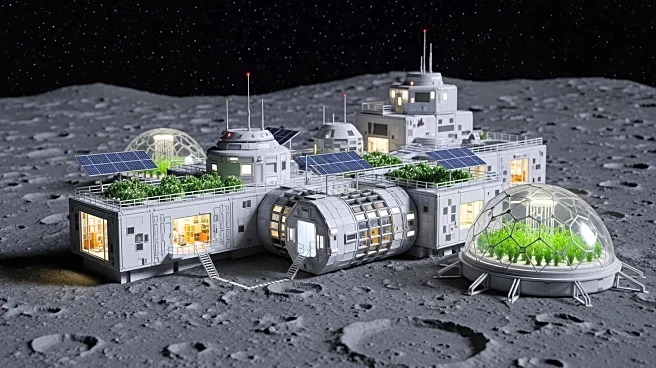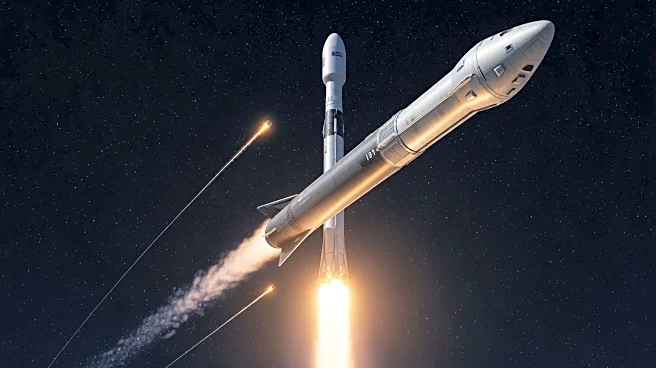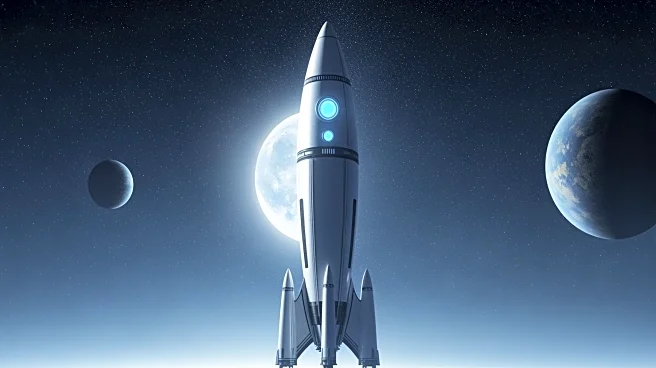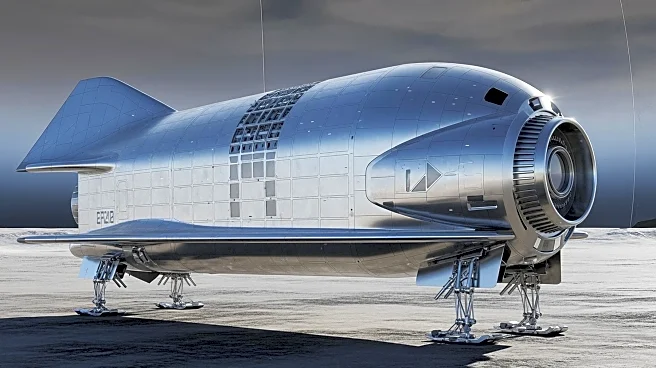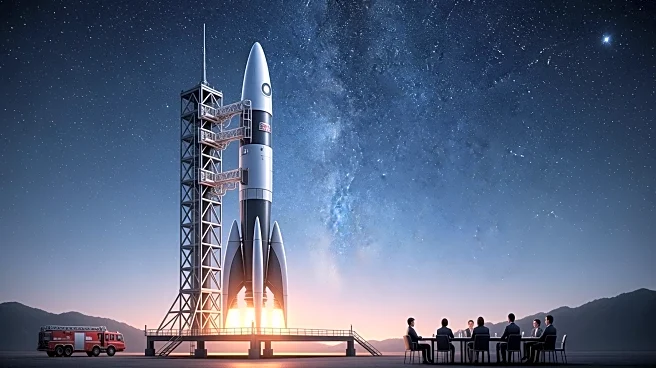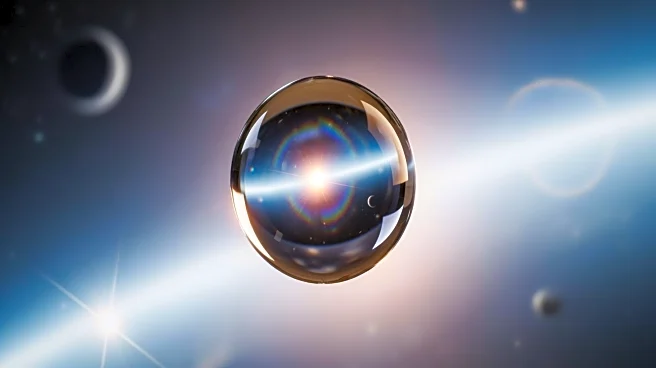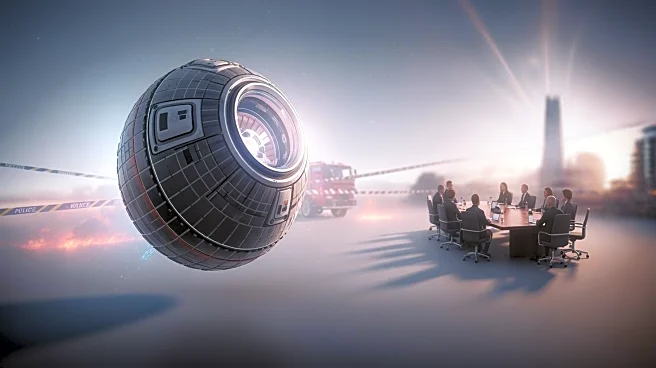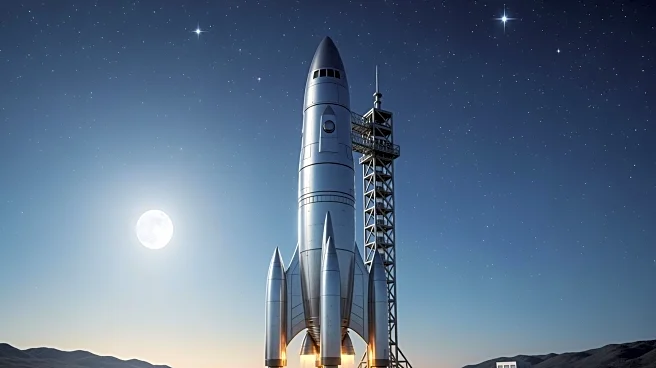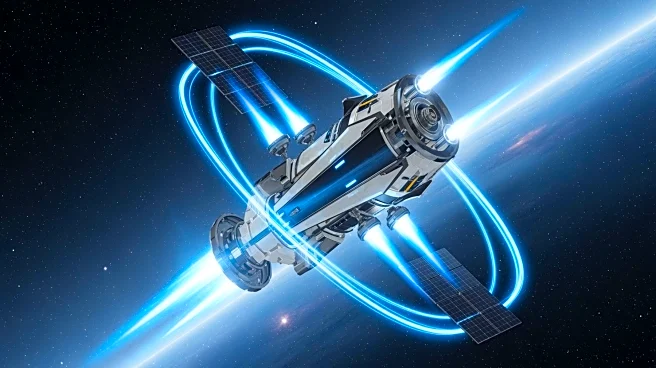What's Happening?
Chinese astronauts aboard the Tiangong space station conducted a live demonstration of microgravity combustion, capturing the attention of students on Earth. On September 21, 2023, astronauts Gui Haichao
and Zhu Yangzhu lit a match and a candle in space, revealing how fire behaves in a microgravity environment. Unlike on Earth, where flames rise due to convection, the flame in space formed a slow-burning, glowing sphere. This phenomenon occurs because, in the absence of gravity, heated gases spread evenly in all directions, and oxygen reaches the flame through slow diffusion. The demonstration was part of an educational broadcast aimed at showcasing the unique conditions of space to students.
Why It's Important?
Understanding combustion in microgravity is crucial for the safety and success of future space missions, particularly those involving long-term travel to the Moon or Mars. The knowledge gained from such experiments can inform the design of life-support systems, fire suppression technologies, and emergency protocols. By studying how fire behaves without gravity, scientists can develop safer materials and improve safety measures for astronauts. This research not only enhances our understanding of fire dynamics but also contributes to the broader field of space safety and mission planning.
What's Next?
The insights from this experiment could lead to advancements in fire safety protocols for space missions. As space agencies plan for longer missions beyond Earth's orbit, understanding microgravity combustion will be essential. Future experiments may focus on different materials and conditions to further explore combustion dynamics in space. Additionally, the findings could influence the design of spacecraft and habitats, ensuring they are equipped to handle potential fire hazards effectively.
Beyond the Headlines
The experiment highlights the educational value of space missions, as it was conducted as part of a live classroom session for students. This approach not only engages the public but also inspires the next generation of scientists and engineers. The ability to conduct such experiments on the Tiangong space station, which allows for controlled demonstrations, contrasts with the more stringent fire safety protocols on the International Space Station, where open flames are avoided due to past incidents.
